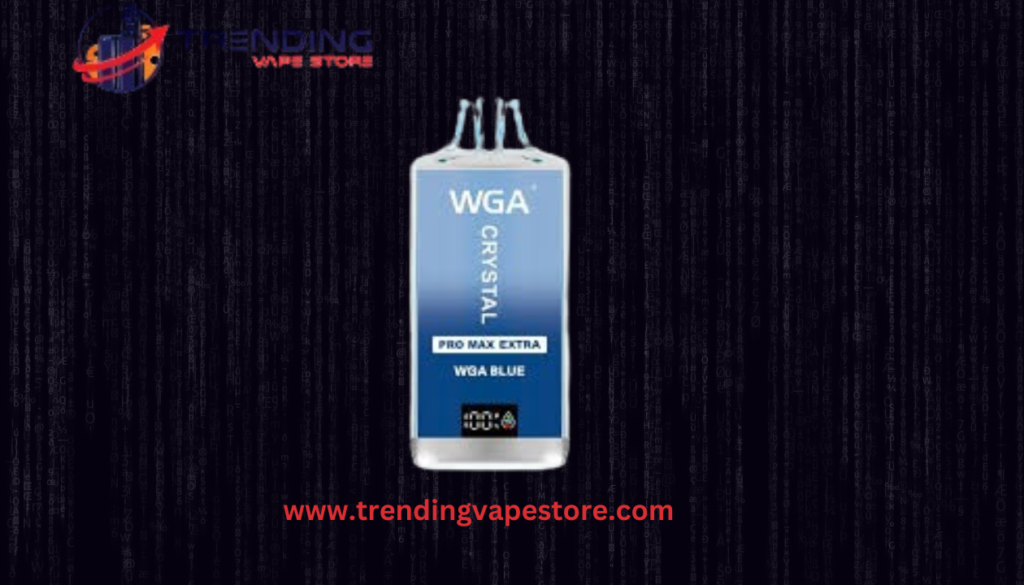How Tube Welding Buyers Can Ensure High-Quality Results in Manufacturing

In the world of manufacturing, tube welding is a crucial process across industries like automotive, aerospace, construction, and energy. As a welding buyer, it’s essential to ensure that the products and equipment you purchase not only meet your specific needs but also deliver consistent, high-quality results in manufacturing. Achieving this requires a combination of strategic supplier selection, equipment evaluation, and adherence to welding standards. This blog will explore practical steps tube welding buyers can take to ensure high-quality outcomes in the manufacturing process.
1. Understand the Different Tube Welding Techniques
The first step in ensuring high-quality results in tube welding is understanding the different welding techniques used in the industry. Some of the most common tube welding methods include:
- TIG (Tungsten Inert Gas) Welding: Known for its precision and high-quality welds, TIG welding is often used for thin-walled tubes or when appearance and quality are critical.
- MIG (Metal Inert Gas) Welding: This technique is popular for its speed and efficiency, making it ideal for thicker tubes and high-production environments.
- Laser Welding: Laser welding offers high precision and is often used for welding small, intricate parts or when heat-sensitive materials are involved.
- Orbital Welding: Orbital welding is a mechanized process that delivers consistent welds around tubular parts, which is highly beneficial in industries where consistency and precision are paramount.
Understanding which welding method is suitable for your application will help you select the appropriate equipment and materials, ensuring high-quality results.
2. Evaluate the Quality of Welding Equipment
The quality of the equipment used in the tube welding process directly affects the outcome of the welds. When purchasing welding equipment, tube welding buyers should carefully evaluate the following factors:
- Power Source Stability: High-quality welds require consistent power output. Ensure that the welding machine offers stable power and can maintain consistent heat input during the welding process.
- Automation Capabilities: Automated or semi-automated welding systems, such as orbital welding machines, can significantly improve weld quality by reducing human error and ensuring consistent welds.
- Cooling Systems: Overheating during the welding process can lead to weld defects. Equipment with efficient cooling systems will help prevent overheating and ensure smoother, more reliable welds.
- Control and Monitoring Features: Modern welding equipment comes equipped with advanced control systems that allow operators to monitor and adjust parameters like voltage, current, and speed in real-time. This ensures that the welding process stays within optimal parameters for high-quality results.
Choosing reliable, advanced welding equipment can make a significant difference in the final product’s quality.
3. Source from Reputable Suppliers
For tube welding buyers, sourcing materials and equipment from reputable suppliers is crucial. Partnering with trusted suppliers ensures that you receive high-quality products that meet industry standards. When selecting a supplier, consider the following factors:
- Supplier Certifications: Check if the supplier is certified by relevant industry standards (such as ISO 9001) to ensure they adhere to quality management systems.
- Track Record and Reputation: Research the supplier’s track record and customer reviews. Look for suppliers with a strong reputation for providing consistent, high-quality welding materials and equipment.
- Technical Support and Training: A good supplier should offer technical support and training for the welding equipment you purchase. This ensures your team can effectively use the equipment and achieve the best results.
- Customization Options: Depending on your industry and specific welding needs, it may be necessary to source custom welding solutions. Reputable suppliers are more likely to offer customized solutions that cater to your unique requirements.
By selecting reliable suppliers with a proven track record, you minimize the risk of receiving subpar products that could compromise weld quality.
4. Adhere to Welding Standards and Guidelines
Adherence to industry standards and guidelines is essential for achieving high-quality welds. Tube welding buyers should ensure that the materials and equipment they procure comply with established welding codes and standards, such as:
- AWS D1.1 (Structural Welding Code – Steel): This code sets the standards for welding steel structures, including tubular components.
- ASME (American Society of Mechanical Engineers) Standards: ASME sets standards for pressure vessel welding, which is critical for industries like energy and aerospace.
- ISO Standards: The ISO welding standards provide global guidelines for ensuring consistent weld quality.
Buyers should also ensure that welders are trained and certified to work with the specific welding techniques being used in their manufacturing process. Compliance with these standards ensures that your products meet the highest quality and safety requirements.
5. Inspect and Test Weld Quality
Finally, to ensure high-quality results, it’s crucial to implement thorough inspection and testing procedures for the welds. Tube welding buyers should invest in or require suppliers to conduct:
- Non-Destructive Testing (NDT): Methods like ultrasonic testing, radiographic testing, and magnetic particle inspection allow you to evaluate weld quality without damaging the material.
- Visual Inspection: Regular visual inspections by trained professionals help identify surface defects like cracks, undercuts, or porosity in welds.
- Destructive Testing: In some cases, destructive testing (e.g., tensile or bend tests) may be necessary to evaluate the strength and integrity of the weld.
Implementing these quality control measures will help buyers verify that the materials and welds meet the required specifications and performance standards.
Conclusion
For tube welding buyers, ensuring high-quality results in manufacturing requires a combination of selecting the right welding technique, sourcing high-quality equipment and materials, adhering to industry standards, and conducting rigorous quality inspections. By following these best practices, buyers can optimize the welding process, minimize defects, and deliver superior products across various industries.











